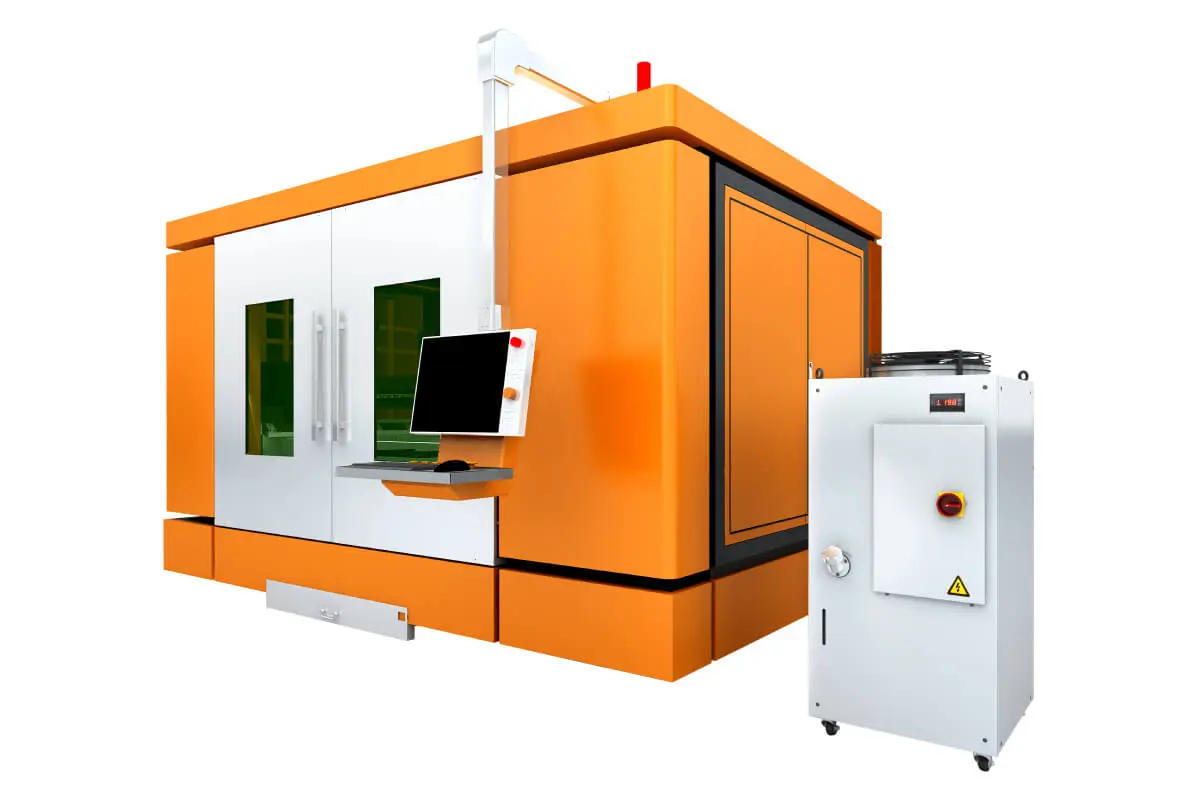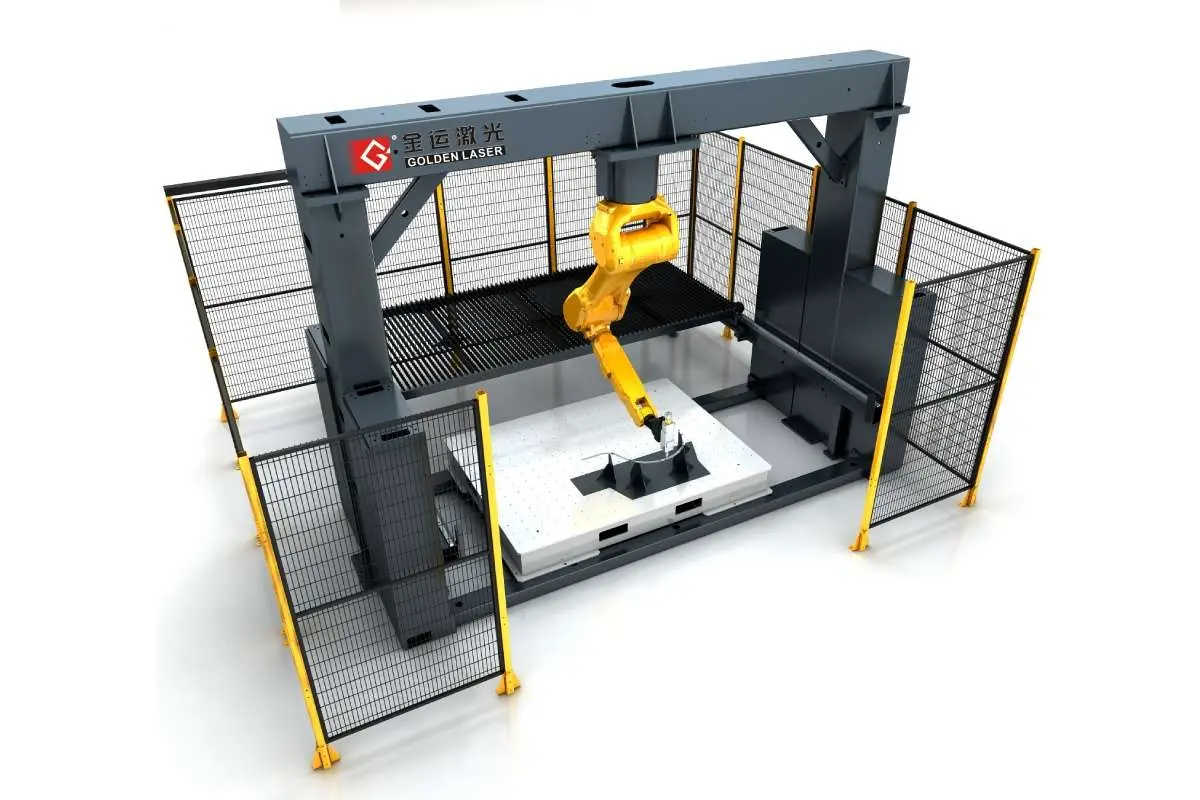In today’s rapidly advancing industrial landscape, the importance of efficient and precise manufacturing processes cannot be overstated. Central to these processes are metal cutting machines, which have transformed how materials are shaped, resized, and modified across numerous applications. From automotive to aerospace and construction to tools manufacturing, metal cutting machines play a pivotal role in enhancing productivity and ensuring accuracy. This article delves into the various types of metal cutting machines, their operational techniques, and their significance in modern fabrication.
Understanding Metal Cutting Machines
Metal cutting machines refer to several types of equipment and technologies designed to remove material from metal workpieces through various cutting processes. The goal is to achieve desired dimensions, tolerances, and surface finishes crucial for the intended application. Traditionally, metal cutting involved manual tools, but advancements in technology have introduced a range of automated and sophisticated machinery that offers precision, efficiency, and safety.

An In-Depth Look at Metal Cutting Machines: Revolutionizing Fabrication and Precision Engineering in Various Industries
Types of Metal Cutting Machines
1. **CNC Machining Centers**: Computer Numerical Control (CNC) machines are perhaps the most widely recognized metal cutting machines. They utilize programmed commands to control machining tools like drills, mills, and lathes, allowing for complex shapes to be fabricated with high precision. CNC technology has revolutionized production capabilities by enabling rapid prototyping and producing intricate designs consistently.
2. **Laser Cutting Machines**: Laser cutting technology uses focused laser beams to melt or vaporize material, allowing for highly precise cuts with minimal kerf width. This method is particularly beneficial for intricate designs and thin materials. Industries utilizing laser cutting machines include electronics, textiles, and automotive, where precise cuts are required for components.
3. **Plasma Cutting Machines**: Plasma cutting is a process that uses a high-velocity jet of ionized gas (plasma) to cut through conductive materials. Plasma cutting machines are known for their speed and ability to cut through thick materials, making them a favorite in steel fabrication shops. They offer flexibility in cutting shapes and designs, which is essential for large-scale constructions.
4. **Waterjet Cutting Machines**: Waterjet cutting technology utilizes a high-pressure jet of water mixed with abrasives to cut through a variety of materials, including metals, glass, and stone. One of the key benefits of waterjet cutting is that it doesn’t introduce heat to the material, preventing the distortion or hardening effects seen in other cutting methods. This makes it particularly valuable for sensitive materials that require a clean cut without thermal damage.
Key Advantages of Metal Cutting Machines
1. **Precision and Accuracy**: One of the standout features of modern metal cutting machines is their ability to achieve high levels of precision. The advent of CNC technology allows for exact cuts and repeatability, which is vital in industries where tolerances matter.
2. **Increased Efficiency**: Automatic and CNC metal cutting machines significantly reduce production times compared to traditional manual methods. This increase in efficiency allows manufacturers to meet higher demands and improve turnaround times.
3. **Versatility**: Metal cutting machines can operate on a wide range of materials, from aluminum to hardened steel. They can adapt to various production needs, whether it’s creating intricate designs or bulk manufacturing standard components.

An In-Depth Look at Metal Cutting Machines: Revolutionizing Fabrication and Precision Engineering in Various Industries
4. **Cost-Effectiveness**: While the initial investment in advanced metal cutting machinery can be substantial, the long-term savings in labor, material waste, and faster production cycles often outweigh these costs. Manufacturers benefit from reduced operational costs and increased output.

An In-Depth Look at Metal Cutting Machines: Revolutionizing Fabrication and Precision Engineering in Various Industries
5. **Enhanced Safety**: With automation and CNC technology, the risks associated with manual machining are greatly reduced. Operators can oversee processes from a safe distance, and machines can be programmed for tasks that minimize human error.
Conclusion
As industries continue to evolve, the need for more sophisticated manufacturing processes becomes increasingly vital. Metal cutting machines represent a cornerstone of modern fabrication, empowering manufacturers to produce complex parts with precision and efficiency. Their versatility caters to various sectors, exemplifying the ongoing technological advancements shaping the future of manufacturing. Embracing these cutting-edge machines allows industries to not only enhance productivity but also maintain a competitive edge in a rapidly changing marketplace. Whether through the precision of CNC machining, the speed of plasma cutting, or the versatility of waterjet technology, metal cutting machines are indeed revolutionizing how we shape, create, and build. Cut Metal Fiber Laser Cutting Machine
